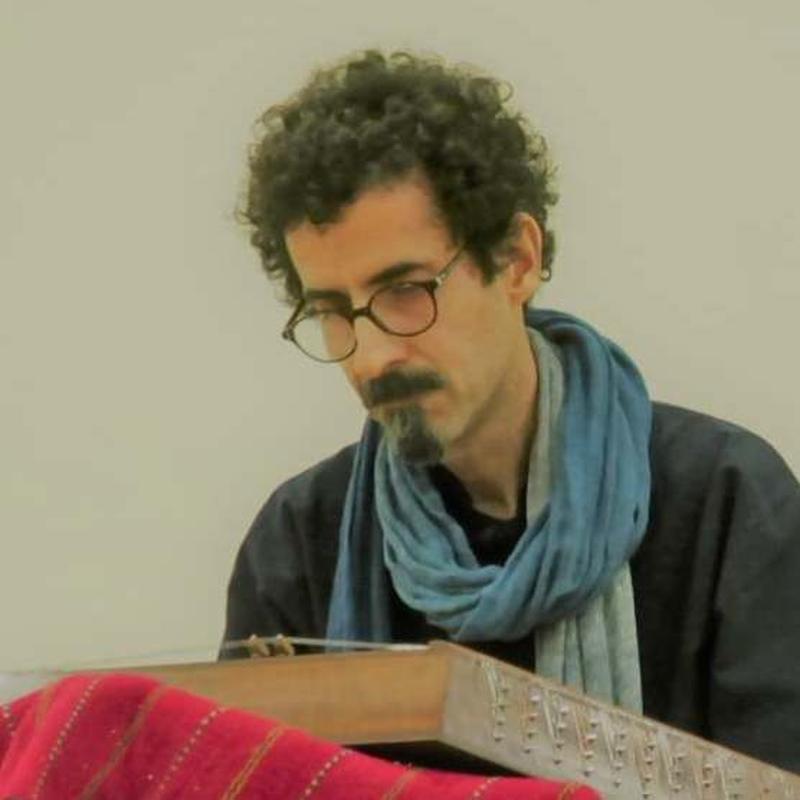

Reza Madani
Let us believe in the beginning of the cold season
Duration: 5'
Solos:
santur
Let us believe in the beginning of the cold season
Translation, reprints and more

Reza Madani
Let us believe in the beginning of the cold seasonOrchestration: for santour
Type: Noten
Sample pages
Work introduction
To compose this work, I was inspired by a poem of the same name (Iman biavarim be aghaz fasle sard in Persian) by the Iranian poet Forough Farrokhzad. It is a poem that reflects on the loneliness of aging, the disillusionments of life, and the struggles of women.
What is necessary to perform this work?
Mode and tonality
This piece is written in the Iranian mode Chahargah in the tonality of C.
Demiflat
A flat note with an arrow on its stem in the key signature or as an accidental indicates a demiflat (called koron in Persian), which lowers the natural note by one quarter tone. On an analog tuner, this corresponds to a pitch halfway between the natural note and its flat note. On a digital tuner, it is the natural note lowered by 50 cents. Some players tune between minus 40 and minus 60 cents, creating subtle variations in the overall feeling conveyed by the piece.
Hammer signs
In Persian, the hammers used to play the santour are called mezrabs. In the music score, hammer signs are indicated by a V for the left-hand mezrab and an n-like shape for the right-hand mezrab.
Tremolos and trills
In santour music, tremolos, called reez in Persian (literally meaning "small"), are very common. They are used both as ornamentation for short notes (indicated by double diagonals on the note's stem) and as a means to sustain long notes (indicated by triple diagonals on the note's stem). Tremolos are executed by rapidly alternating between the left and right mezrabs over the duration of the note, with the number of alternations left to the player's discretion. A special technique, if specified by the composer through the addition of the words Tak reez (or Tak or T for simplification) above or below the tremolo note, involves playing a distinct initial stroke before beginning the alternations, while respecting the note's duration. The Tak technique (meaning “single” in Persian) can also be used in the execution of a trill; in this case, the term Tak trill is indicated on the note.
Dynamic accidentals
For better sonority in this piece, you can double the bridge on the yellow E4 and adjust it to shift from E-natural to E-demiflat. The bridge-change indication at the end of section A refers to this action. Chapters 1 through 4 of my book, Santour insights | Universal Edition, provide a detailed description of this technique. Alternatively, you can tune the E4 of the white bridge to E-natural and the E4 of the yellow bridge to E-demiflat.
Section names
The two main sections of the piece are marked with the letters A and B, while subsections are identified by numbers. The coda follows the repetition of section B.
